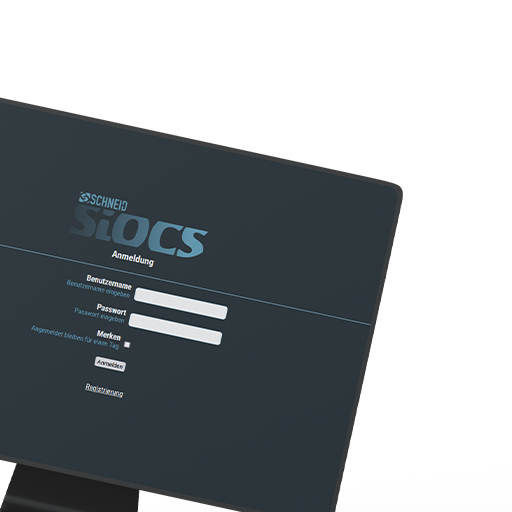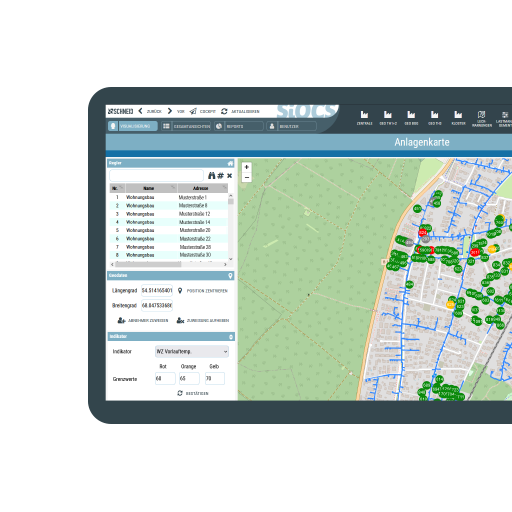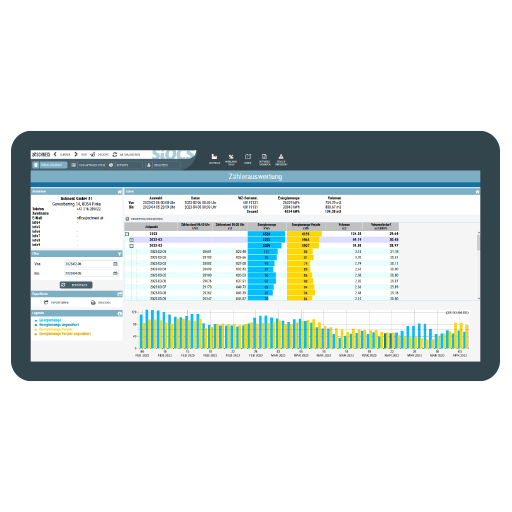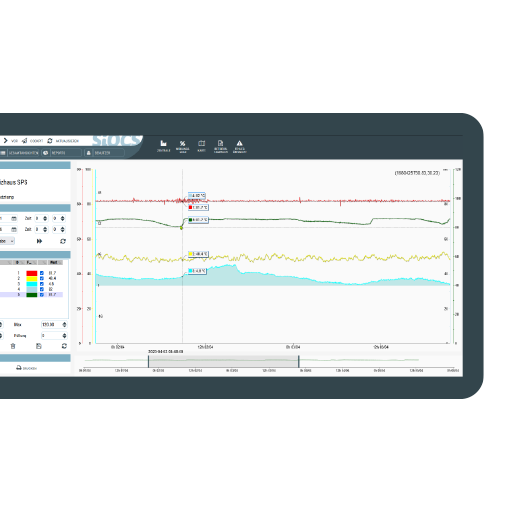Control more
with Siocs!
Efficient and comprehensive control and management of the energy center.

Simplicity and Perfection.
With Siocs, Winmiocs transforms into a full-fledged internet server.
In addition to all existing desktop functions, web browsers become the new user interface for operators, heating managers, and end customers. Winmiocs is no longer tied to a visualization PC and can now be operated for multiple systems in a central data center. Siocs runs as an independent web server, securely within your system environment.
No additional (paid) host provider or other internet service is required. The data does not leave your system environment, thus protecting it from manipulation and espionage. With Siocs, you have the ability to provide functions, data, and graphics to heating customers.
The provision is tailored individually to the needs and permissions of each user. With the export function, all Winmiocs visualization files can be prepared for Siocs and displayed over the internet.
Design and
Usability
Sinvis Alarm System
Expansion
If no alarm notification device is present in the heating plant, an alternative is to use SinVis for fault alerting. Data is sent via the internet to the SinVis server. Using the alerting platform, various faults can be generated and sent via SMS or email as desired. Each value can be configured for over- or under-threshold alerts with a customizable delay. Through messaging groups, each individual fault can be assigned to a different alert group. Alerts are only triggered within configurable time periods to suppress, for example, non-critical faults during the night.




Schneid
Load Management
Expansion
Schneid offers all customers with Schneid infrastructure and Schneid visualization the additional feature of “acceptance-side load management.” This function leverages the thermal inertia of building mass and existing hot water storage to temporarily increase (charge) or decrease (discharge) loads in the overall network or in sub-segments. The primary goal is to avoid any loss of comfort in the buildings while still optimizing network operation. Technically, utilizing the thermal building mass is akin to a virtual storage tank, which does not need to be physically constructed but is made available and manageable electronically within load management.
The technology employed relies on extensive mathematics, automatically self-learning algorithms for each individual building, and intelligent monitoring of the load status of building masses and buffer storage. Based on this, automatic adjustments are made to optimize operations throughout the day. The specifics of the optimization depend on the network requirements, which are developed in collaboration with the network operator during the setup project. As a rough guideline, in a network primarily consisting of residential buildings, a virtual storage unit typically has a size of 1/1000 of the annual consumption. For example, 10 MWh of virtual storage for 10 GWh of annual heat consumption. Load management is available in a variant with integration into the cloud solution from NODA AB (Sweden) or as an autonomous solution running solely on the network operator’s central control unit, without external data transmission.
Discover the future of heating control with Schneid.
Our intelligent solutions provide a simple and effective way to manage and optimize your heating systems.
